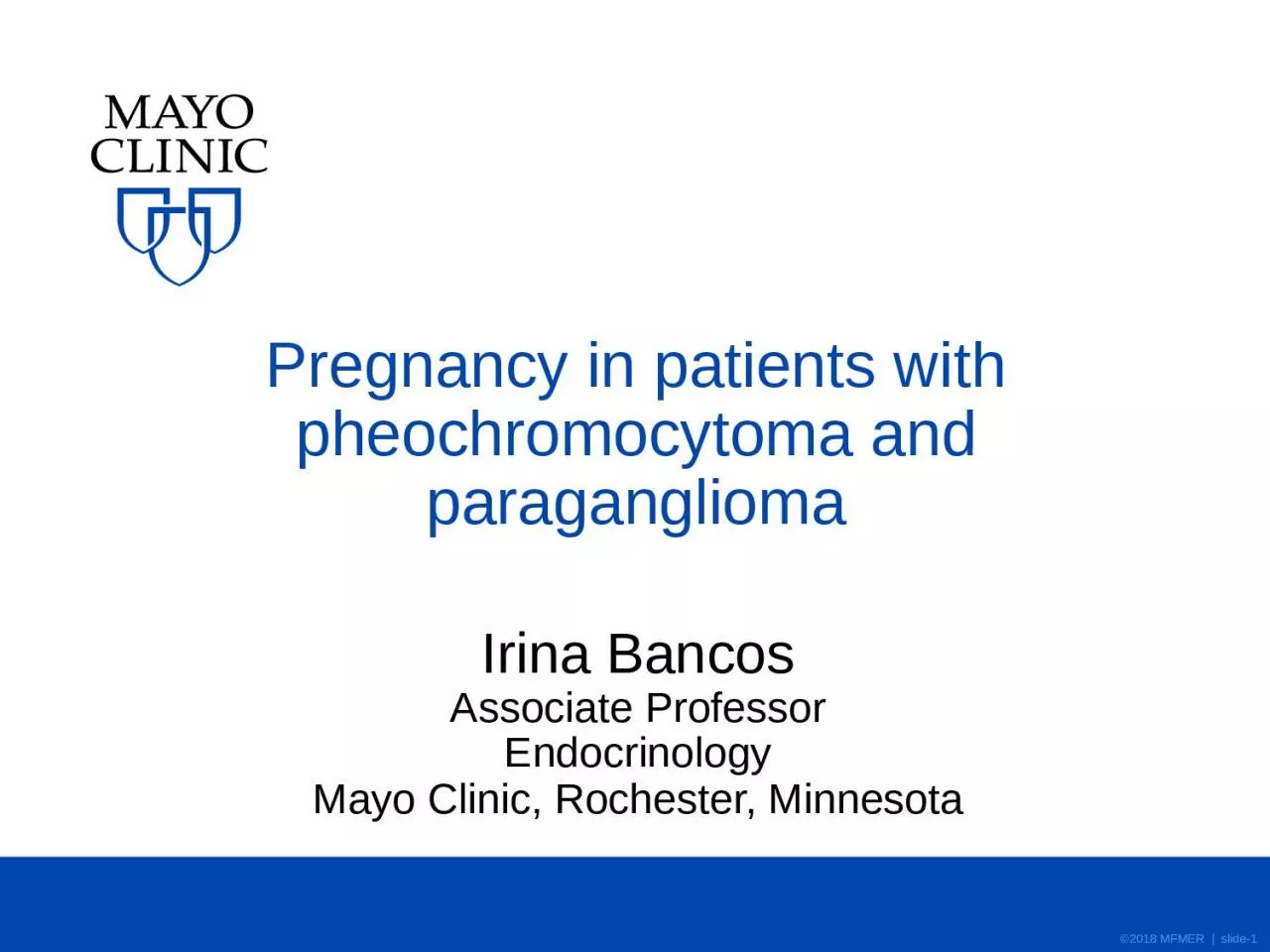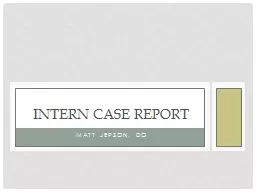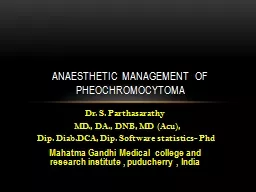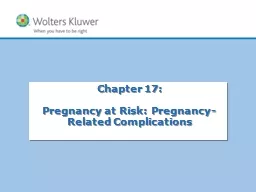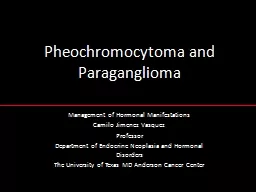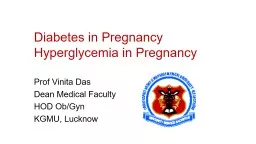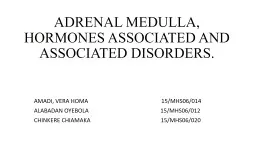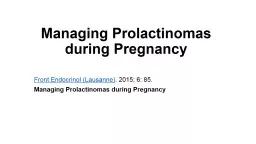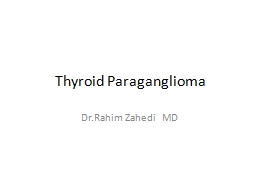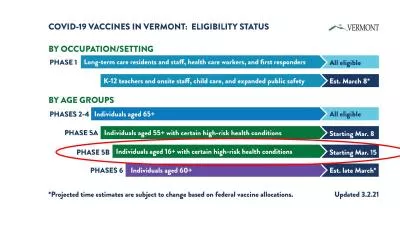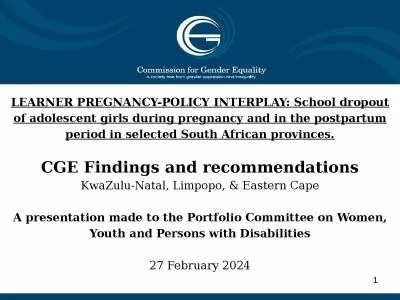PPT-Pregnancy in patients with pheochromocytoma and paraganglioma
Author : jacey | Published Date : 2022-06-08
Irina Bancos Associate Professor Endocrinology Mayo Clinic Rochester Minnesota Disclosure Nothing to disclose in relation to current presentation Other disclosures
Presentation Embed Code
Download Presentation
Download Presentation The PPT/PDF document "Pregnancy in patients with pheochromocyt..." is the property of its rightful owner. Permission is granted to download and print the materials on this website for personal, non-commercial use only, and to display it on your personal computer provided you do not modify the materials and that you retain all copyright notices contained in the materials. By downloading content from our website, you accept the terms of this agreement.
Pregnancy in patients with pheochromocytoma and paraganglioma: Transcript
Download Rules Of Document
"Pregnancy in patients with pheochromocytoma and paraganglioma"The content belongs to its owner. You may download and print it for personal use, without modification, and keep all copyright notices. By downloading, you agree to these terms.
Related Documents

